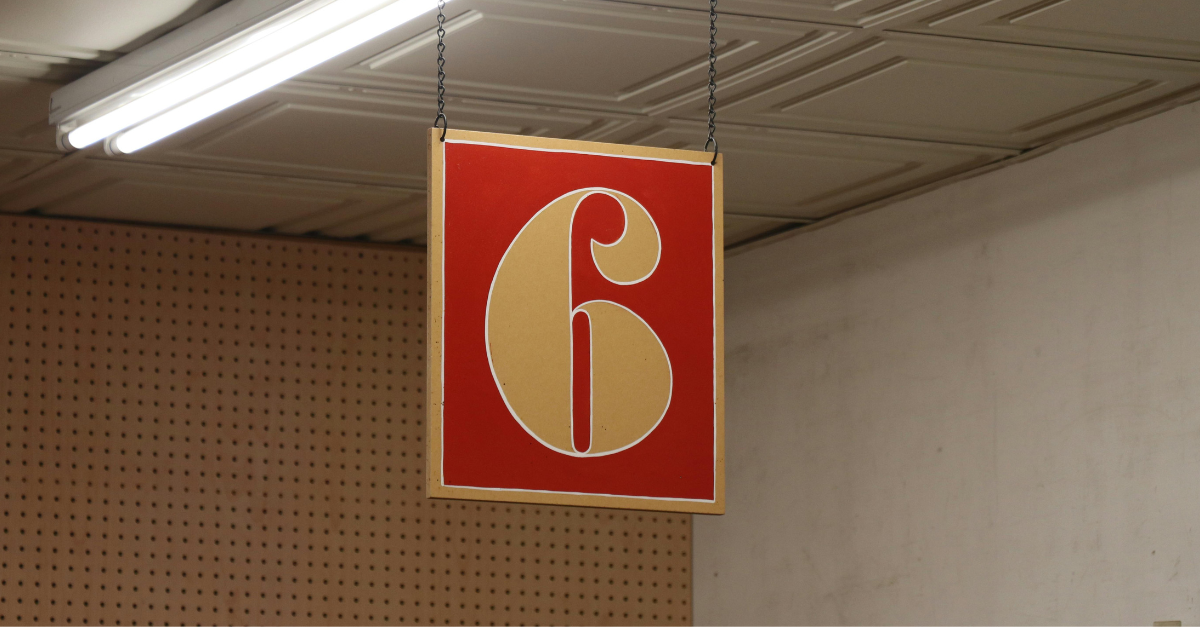Arts organizations are surrounded by numbers. Ticket sales, donations, clicks, likes; it’s tempting to measure everything. But here’s the truth: most organizations are tracking too much, and much of it doesn’t actually drive change.
The real power comes from focusing on a small, actionable set of metrics. The ones that reveal audience loyalty and campaign effectiveness.
Here are the six metrics every arts leader should obsess over:
- Pacing by Segment: Tracking sales against goals for new, active, and lapsed customers.
- First-Time Buyer Retention: The percentage of new buyers who return within 12–18 months.
- Revenue and Units Sold: Measuring dollars/pound/euros and the number of tickets or gifts.
- Frequency: How often households attend within a season or year.
- Conversion and Response Rates: These help reveal campaign effectiveness.
- Cost of Sale: How much you spend to generate each ticket sale, membership, or gift.
The Six Metrics That Matter Most
Not all data is created equal. These six metrics cut through the clutter. They’re practical, actionable, and reveal the real story behind your audiences and revenue.
1. Pacing by Segment
What it is: Tracking sales against goals, broken down by new, active, and lapsed customers.
How to calculate:
- New buyers = new-to-file first-time attendees in the past 12–18 months.
- Active customers = those who have attended within the past 12–18 months.
- Lapsed customers = those whose last purchase was 18+ months ago.
Why it matters: Topline sales don’t tell the whole story. Pacing by segment shows whether you’re building loyalty, over-relying on lapsed buyers, or failing to retain new audiences; and lets you adjust campaigns in real time.
Read more: Want Loyal Audiences? Start With This One Data Point
2. First-Time Buyer Retention
What it is: The percentage of first-time attendees who return for a second purchase/visit.
How to calculate: Divide the number of new buyers who return within 12–18 months by the total number of new buyers in that same period.
Why it matters: Acquisition without retention is wasted investment. Retention of first-time buyers is critical for building long-term loyalty and reducing the high costs of constant acquisition. Without it, new audience investment is lost after a single visit.
3. Revenue and Units Sold
What it is: Tracking both total dollars/pounds/euros and total tickets (or gifts) sold.
How to calculate: Record revenue totals alongside the number of individual units sold (tickets, memberships, gifts).
Why it matters: Revenue alone can be misleading. Raising prices may boost dollars/pounds/euros while shrinking audience reach. Tracking units ensures you’re measuring growth in attendance frequency, not just price increases.
4. Frequency
What it is: How often households attend within a given season or year.
How to calculate: Track household attendance across a 12-month period, grouped into bands, such as:
- Once
- Twice
- 3–5 times
- 5+ times
Why it matters: One-time attendance is fragile. Frequency reveals depth of engagement; the bridge to subscriptions, memberships, and philanthropy. Without it, long-term loyalty and recurring revenue won’t grow.
5. Conversion & Response Rates
What it is:
- Response Rate = percentage of people responding to a single communication (e.g. email click, form fill).
- Conversion Rate = percentage of your audience who take the desired campaign action (buy tickets, donate, subscribe).
How to calculate: Divide the number of conversions or responses (ticket buyers, subscribers, donors) by the total number reached in that specific campaign.
Why it matters: These reveal campaign and messaging effectiveness, and tactic-level performance. You can see which messages or offers resonate, and which channels or segments underperform.
6. Cost of Sale
What it is: How much you spend to generate each ticket sale, membership, or gift.
How to calculate: Total expenses divided by total revenue.
Why it matters: Understanding your Cost of Sale helps your organization answer critical questions:
- How much does it really cost to acquire a ticket buyer or donor?
- Which sales or marketing channels deliver the best return on investment?
- Where can we reduce expenses without sacrificing revenue?
- How can we shift resources to the highest-impact activities?
So Why Make This an Obsession?
Because discipline matters.
Most arts organizations don’t fail for lack of data; they fail for lack of focus. The difference between drowning in reports and leading with clarity is choosing a small set of actionable metrics and making them the rhythm of your leadership practice.
When these six metrics become part of your weekly conversations, board updates, and campaign reviews, you create a culture of accountability. A culture where strategy doesn’t stay in a spreadsheet, but drives real action.
Watch the Full Conversation
This episode of Leading the Way goes beyond the list. Our panel unpacks why culture, not technology, is often the real barrier to data-driven decision making; and how leaders can build the focus and discipline to make these six metrics stick.
You’ll also hear:
- Why comps don’t build future audiences (they build future comps).
- How inflation is quietly eroding per-ticket revenue.
- Why clean, consistent CRM data is as valuable as your building.
- How balancing anecdote with evidence creates smarter decisions.
.png?width=1280&height=720&name=Episode%205%20-%20Key%20Metrics%20(Play).png)


